Thursday 4 April's club walk started in Preuilly and did a loop along the small Sauvaget stream which runs from the Forest of Preuilly to the Claise near Bossay. Here are some photos. (Part II is here.)
The owner of this house in Preuilly is an artist, and has decoratively carved her front door surround.
Whenever Simon and I walk by on our own these horses on the outskirts of Preuilly ignore us, but apparently a bigger group of walkers is something to come and investigate.
Ponies can never resist coming up and poking their noses over the fence at people.
Meadow Saxifrage Saxifraga granulata (Fr. Saxifrage à bulbilles), a localised spring wild flower.
Cowslips Primula veris (Fr. coucou) are at their peak in early April when these were photographed.
There is an extensive patch of this white flowered Lesser Periwinkle Vinca minor (Fr. Petit pervenche) around the bridge over the Sauvaget near the site of a 17th century iron mill. Expert opinion is that it is a garden cultivar, associated with human activity at the site. Vinca minor var alba was first scientifically described in 1770, so at some point a mutation must have occurred and come to the attention of professional horticulturalists who propagated and distributed it. Annoyingly, none of the wild flower guides mention this. They tell you that the flowers are always violet-blue. François Lefebvre, the ecologist responsible for the Zone naturelle d'intérêt écologique, faunistique et floristique along the Sauvaget says that he's read that the presence of Lesser Periwinkle is a good indicator of ancient occupation along former Roman roads.
A rooster crowing in his new home of a week (his owners have just retired from goat cheese making and bought a house along the Sauvaget -- we stopped to chat with them).
A semi-troglodytic cottage in a hamlet along the Sauvaget.
The rather dramatic and unexpected hamlet of Sauvaget.
Check out the twisted metal handrail on the stairs up to the back of this house in the hamlet of Sauvaget.
A male Violet Oil Beetle Meloe violaceus (Fr. Méloé violet), munching on Lesser Celandine Ranunculus ficaria (Fr. Ficaire) and being ectoparasitised (externally parasitised) by biting midges Atrichopogon (Melohelea) sp who are feeding on the beetle's hemolymph (what beetle's have instead of blood). Many thanks to the members of Diptera.info for helping with the identification of the midges.
Walking back into Preuilly.
************************************************
For details of our private guided tours of chateaux, gardens, wineries, markets and more please visit the Loire Valley Time Travel website. We would be delighted to design a tour for you.
We are also on Instagram, so check us out to see a regularly updated selection of our very best photos.
We are also on Instagram, so check us out to see a regularly updated selection of our very best photos.

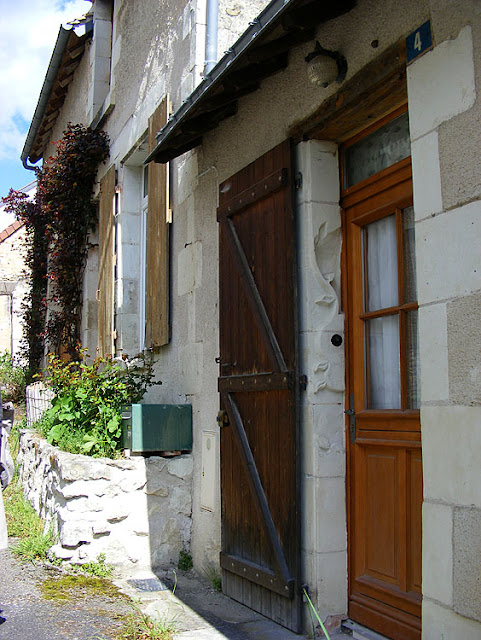


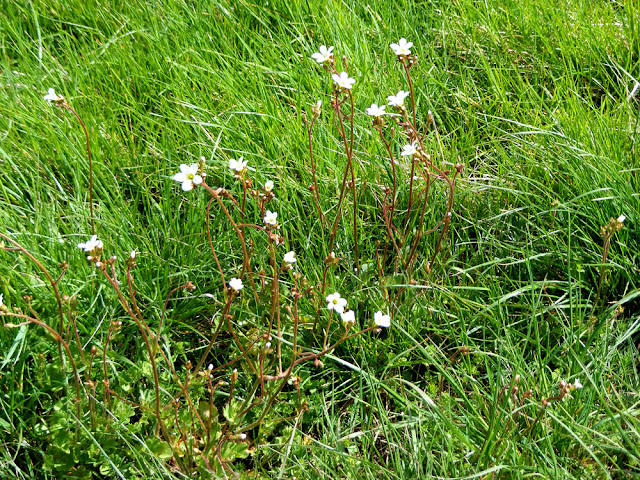

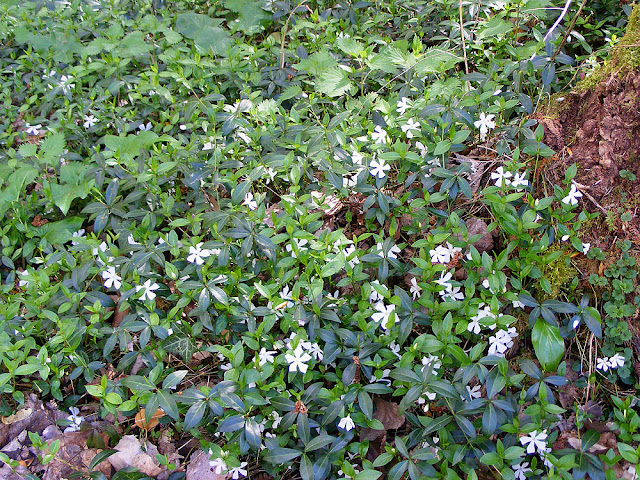

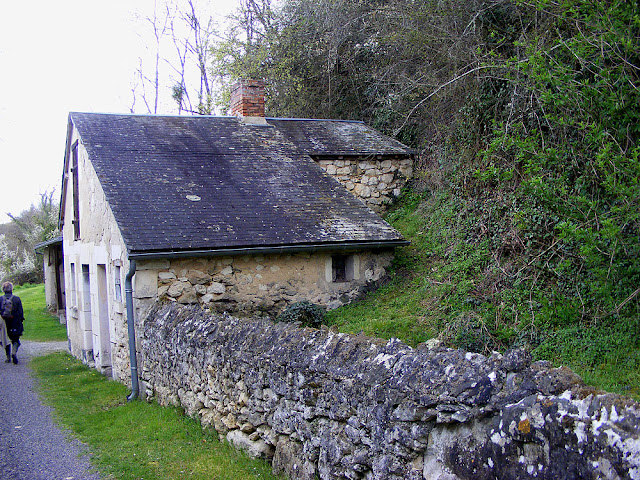
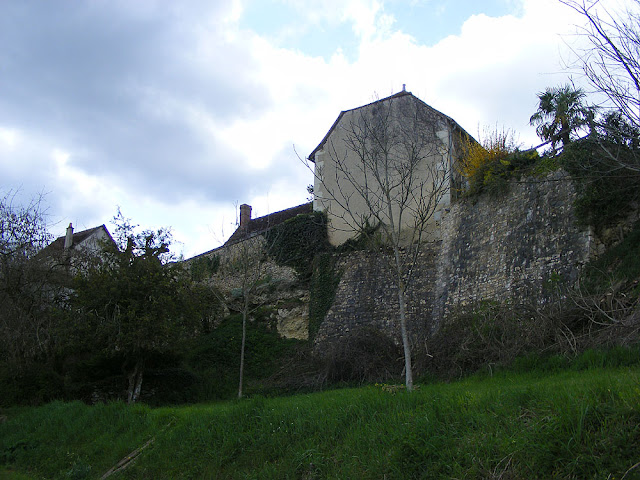


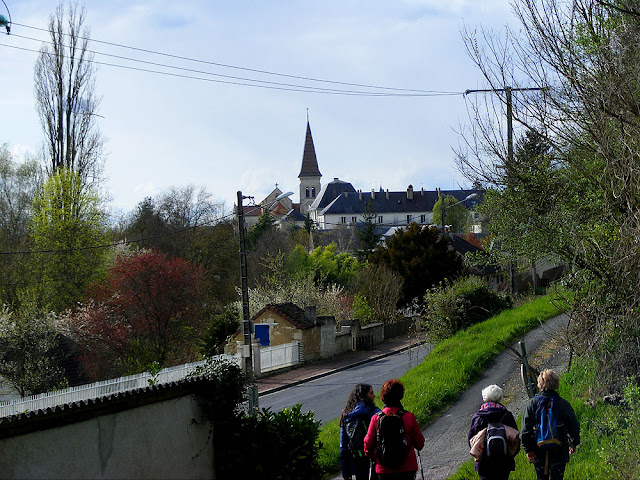
2 comments:
Wonderful photo of the oil beetle Susan ...reminds me of Big fleas have little fleas upon their backs to bite them etc. !
Yes, that's exactly what it is!
Post a Comment